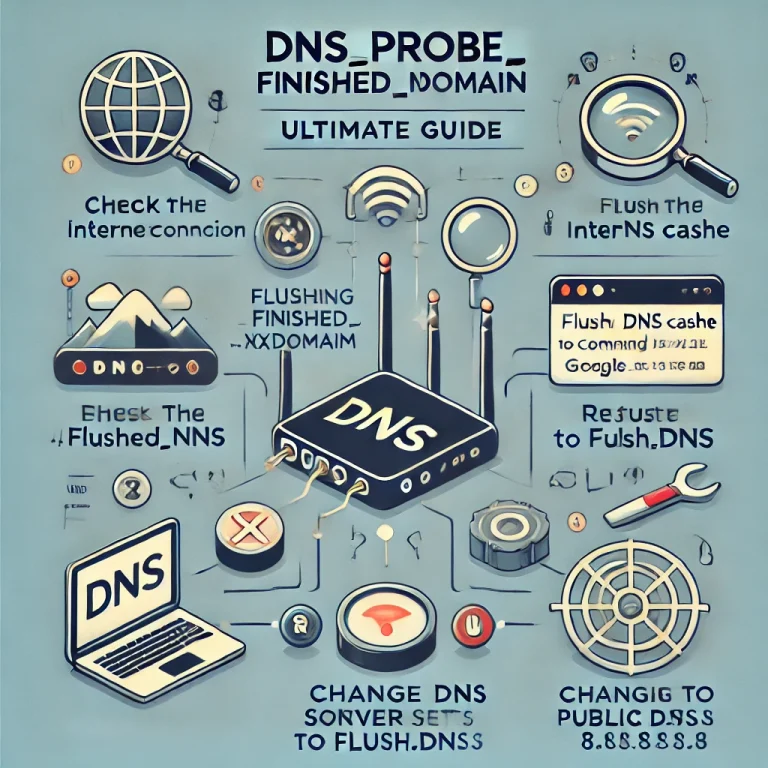DDoS Attack Prevention: Comprehensive Strategies to Safeguard Your Business
DDoS (Distributed Denial-of-Service) attacks are a growing threat to organizations of all sizes, often resulting in disrupted services, financial loss, and damaged reputations. Preventing a DDoS attack involves using proactive security measures, real-time monitoring, and strategic planning to protect networks and ensure business continuity.
With BlueAngelHost, you get reliable, scalable DDoS Attack Prevention that prioritizes security, performance, and peace of mind.
In today’s digital landscape, protecting your online assets from DDoS attacks is crucial for maintaining business continuity and customer trust. BlueAngelHost’s DDoS protection service is designed to offer proactive, cutting-edge defense against these increasingly sophisticated threats. By leveraging advanced threat detection, real-time traffic analysis, and a powerful global Anycast network, BlueAngelHost identifies and mitigates malicious traffic instantly, ensuring uninterrupted access for legitimate users. Their automated response system acts within seconds, reducing downtime without the need for manual intervention, while detailed reporting provides insights that help businesses refine their security strategies.

Table of Contents
Introduction to DDoS Attacks
DDoS attacks aim to overwhelm a network, server, or application by flooding it with an excessive amount of traffic, rendering it unavailable to legitimate users. These attacks often leverage botnets—networks of compromised devices—to amplify the attack, making it difficult to mitigate. Common targets include online businesses, financial institutions, and government agencies, though any organization with an online presence can fall victim.
Why DDoS Attack Prevention Matters
DDoS attacks can lead to substantial financial and reputational harm, especially for businesses that rely on online services for revenue and customer engagement. Downtime and disruptions caused by DDoS attacks can result in lost sales, decreased customer trust, and significant recovery costs. For organizations in critical sectors like finance or healthcare, DDoS attacks can also disrupt essential services, endangering users or patients who rely on these services for vital information.
Understanding Types of DDoS Attacks
To prevent DDoS attacks, it’s essential to understand the different types and tactics attackers might use:
- Volume-Based Attacks: These attacks flood a network with massive traffic to overwhelm its capacity.
- Protocol Attacks: These target server resources by exploiting protocol vulnerabilities, such as SYN/ACK packets in TCP connections.
- Application Layer Attacks: Often smaller in volume but complex in nature, these attacks target the application layer to overload specific functions, like HTTP requests.
Each type requires distinct preventive measures, underscoring the need for a multi-layered security approach.
Proactive Strategies for DDoS Attack Prevention
Implementing a Firewall and Web Application Firewall (WAF)
Firewalls are fundamental for controlling access and filtering malicious traffic. A Web Application Firewall (WAF) provides an additional layer of protection by inspecting HTTP requests and blocking suspicious traffic.
- Firewall Rules: Configure your firewall to detect and drop connections from known malicious IPs.
- WAF Custom Rules: Tailor WAF rules to your application, blocking specific types of requests that may indicate an attack.
WAFs are particularly useful against application-layer attacks, which aim to exhaust server resources through complex, repetitive requests.
Utilizing Content Delivery Networks (CDNs)
A CDN distributes your content across multiple servers worldwide, which can absorb traffic surges and prevent any single server from being overwhelmed.
- Traffic Diversion: CDNs handle a significant portion of traffic by caching static content and serving it from locations closer to users.
- DDoS Resilience: Most modern CDNs come with built-in DDoS protection features, which filter out malicious traffic before it reaches the origin server.
Using a CDN reduces your server’s direct exposure to traffic, enhancing both security and performance.
Load Balancing for Effective DDoS Prevention
Load balancers distribute incoming traffic evenly across multiple servers, which reduces the risk of any single server becoming a point of failure during a DDoS attack.
- Traffic Distribution: Load balancers prevent traffic overload by routing requests to multiple servers.
- Failover Mechanisms: In the event of a server failure, load balancers redirect traffic to operational servers, minimizing the chance of downtime.
Combining load balancing with other DDoS prevention methods adds a robust layer of redundancy.
Leveraging DDoS Mitigation Services
DDoS mitigation services are specialized platforms designed to identify and block malicious traffic patterns. Providers like Cloudflare, AWS Shield, and Akamai have vast networks and resources capable of absorbing massive traffic spikes.
- Traffic Analysis: These services monitor traffic patterns to detect anomalies.
- Automated Defense: With features like traffic filtering and IP blocking, these services can adapt to ongoing threats, automatically stopping DDoS attacks before they impact your infrastructure.
DDoS mitigation services are especially beneficial for large-scale attacks that exceed typical network capacities.
Real-Time Traffic Monitoring and Threat Detection
Effective prevention starts with real-time monitoring, which enables your team to identify unusual traffic patterns and respond quickly to potential threats.
- Network Traffic Analysis Tools: Use tools like SolarWinds and Zabbix to monitor network activity.
- Anomaly Detection: Many monitoring tools can alert you to irregular traffic spikes, helping you take preemptive action.
Real-time monitoring is crucial for spotting attack indicators early and deploying countermeasures before the attack scales.
Rate Limiting and Traffic Filtering
Rate limiting restricts the number of requests a server can accept from a specific IP within a given timeframe. This strategy helps prevent excessive traffic from overwhelming your server.
- Set Request Thresholds: Define limits for requests per second or minute to reduce the likelihood of service disruptions.
- IP Blacklisting and Whitelisting: Block suspicious IP addresses while allowing trusted ones through.
Rate limiting and filtering work well in conjunction with firewalls and WAFs to create a solid defense against smaller attacks.
Developing an Incident Response Plan
An incident response plan is crucial for any organization that wants to minimize the impact of a DDoS attack. This plan should include:
- Immediate Actions: Steps for isolating affected servers and rerouting traffic.
- Communication Plans: Notify stakeholders and communicate with customers about potential service interruptions.
- Recovery and Post-Incident Analysis: Once the attack subsides, review the response and update preventive measures.
Testing your response plan regularly ensures that your team is prepared to act swiftly and effectively in a real attack scenario.
Educating the Workforce
DDoS attack prevention isn’t only about technical solutions; it also involves human vigilance. Educating your team about the risks and prevention techniques can help you recognize early signs of an attack.
- Training Programs: Teach employees about common DDoS threats and best practices.
- Regular Drills: Conduct simulations to prepare employees for real scenarios.
A well-prepared workforce can assist in identifying and reporting suspicious activity, adding another layer of protection.
Frequently Asked Questions
How can a DDoS attack be detected early?
Early detection relies on monitoring tools and anomaly detection. Unusual spikes in traffic or irregular IP behavior often signal an impending attack.
Are DDoS attacks preventable?
Complete prevention may not be feasible, but mitigation strategies like firewalls, CDNs, and DDoS mitigation services can significantly reduce the likelihood and impact of attacks.
What is the role of a CDN in DDoS prevention?
CDNs distribute traffic across multiple servers, absorbing high traffic volumes and reducing the load on your main server. This makes it harder for attackers to overload a single target.
Does a firewall stop DDoS attacks?
A firewall provides a level of defense by blocking certain traffic patterns, but it’s not enough to stop large-scale DDoS attacks. Combining firewalls with other defenses enhances protection.
What is the best approach to DDoS attack prevention?
The best approach combines multiple strategies, including DDoS mitigation services, real-time monitoring, load balancing, CDNs, and a proactive incident response plan.
Conclusion
DDoS Attack Prevention requires a proactive, multi-layered approach that combines technology, processes, and preparedness. By implementing firewalls, WAFs, load balancers, CDNs, and DDoS mitigation services, you can build a resilient network capable of withstanding even the most sophisticated attacks. Remember, regular testing, employee education, and a solid incident response plan are also essential components of an effective DDoS Attack prevention strategy. With the right preparation and tools, your organization can maintain continuity, protect its reputation, and secure its digital assets against potential DDoS threats.






